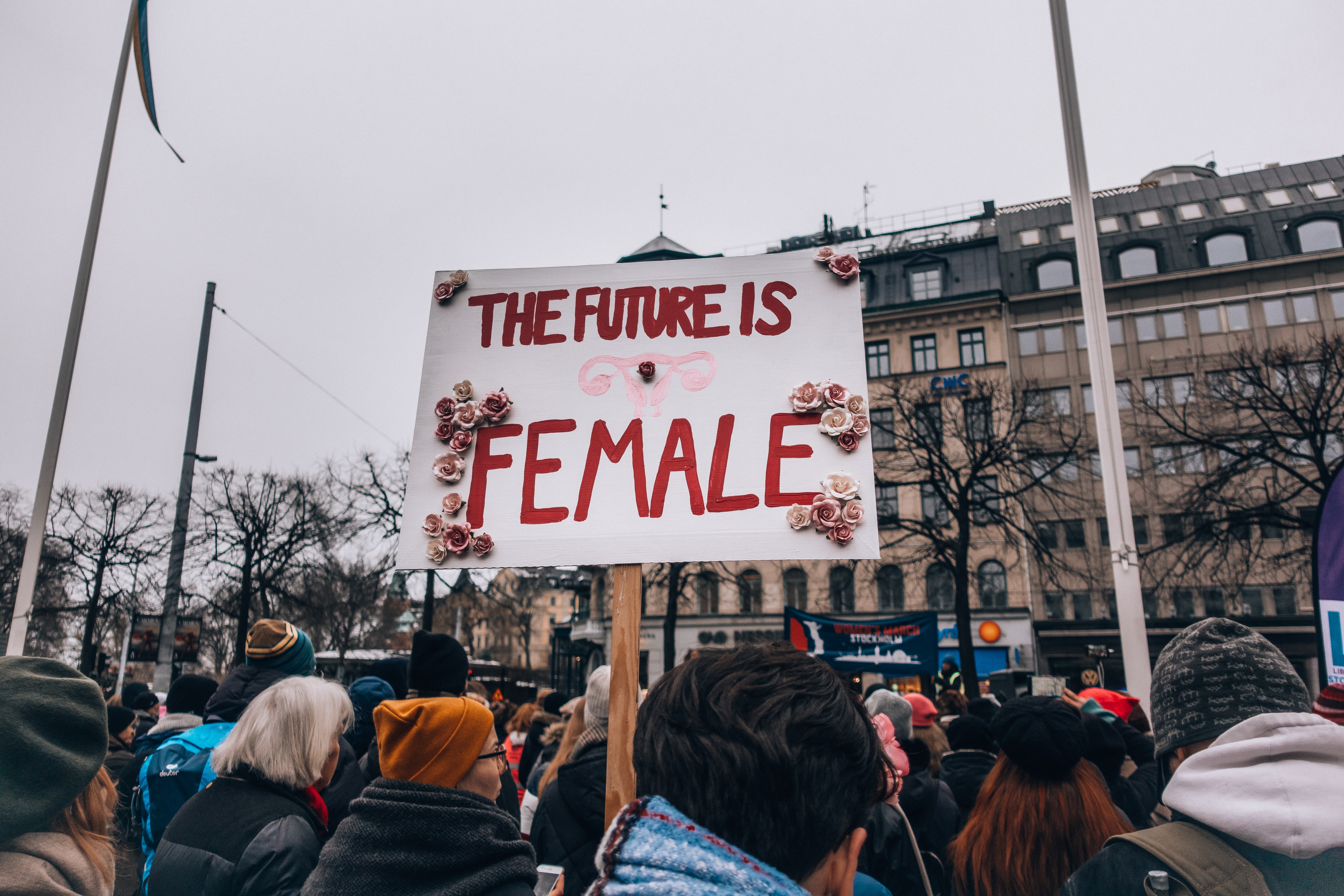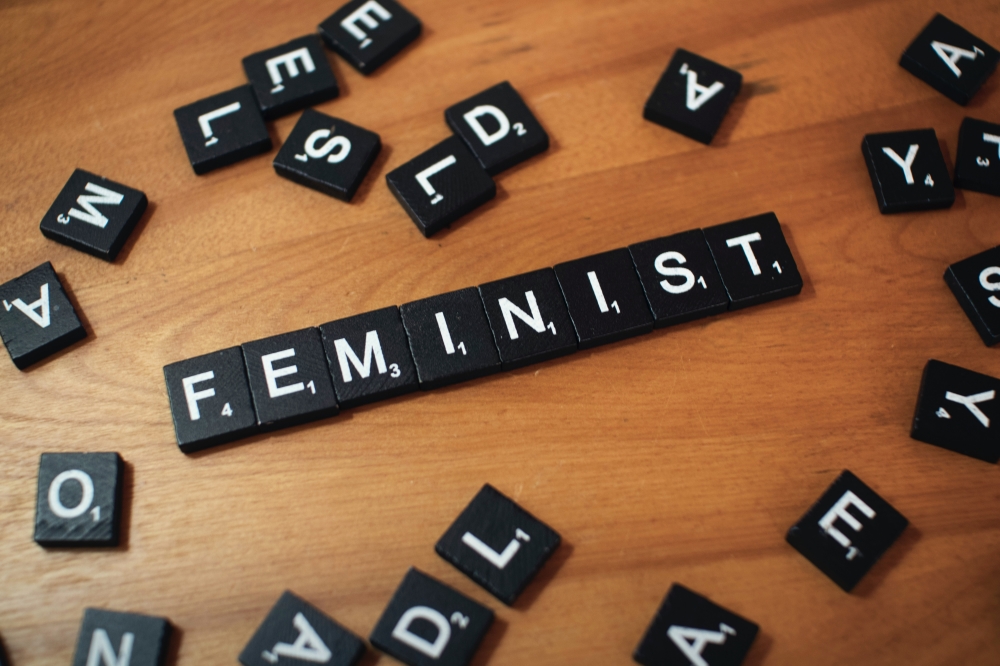
Literature has always been a mirror that reflects society and its working mechanisms at that specific time. The situation of people, it be of castes, classes or genders are consciously or unconsciously represented by writers, which becomes a medium to analyse not only the conditions but also the psychology of people at that certain period.
Moreover, feminist theories are closely related to class and racial conflict, especially gender conflict. Feminism is generally associated with emancipation, the women’s movement to demand equal rights with men, both in the political, economic and socio-cultural fields.
In literature, feminism is related to the concept of feminist literary criticism, literary studies that direct the focus of analysis on women. Feminist literary criticism is not about female critics, criticism of women, or criticism of female authors.
The simple meanings contained are critics who view literature with special awareness; and awareness that there are sexes that are related to culture, literature and life.
Feminism in Nepal and Nepali literature

Nepali society does not have a long history of women’s consciousness and concept of feminism, yet there were certain events before the 1960s arguing for women’s participation when the world was experiencing second-wave feminist activities.
‘Women’s Committee- 1917’ was the first woman organisation in Nepal which was formed under the leadership of Yogmaya Koirala in Siraha, demanding women’s equality. In 1947, while forming a new constitution, the demand letter for women’s right to vote was raised. Accordingly, the women’s right to vote started with the establishment of Kathmandu municipality in 1951.
The provision of providing proportional inclusion for women in social, political, economic, and administrative areas of the Constitution of Nepal 2015, and women’s participation in political areas uplifted the condition of women thus making large numbers of women conscious of the economic system, and inviting them to struggle against the patriarchal system.
Literature and social consciousness have always been together, the consciousness of the society is seen in the literary productions, likewise, those literary productions further help in shaping the consciousness of the society.
In the context of Nepali society, we do not find many literary productions that represent feminism in a broader concept, nor much text has been written about women by women. If there is something written on women, they are portrayed in a simple way.
However, there has been the emergence of fine texts that go into the deeper understanding of female consciousness and their situation. Hence, they are inviting women to understand themselves and fight against inequality.
Women in Nepali literature

The early Nepali literature depicted women as the possession of men. The text of the first Nepali poet, Bhanubhakta Acharya in his book Badhusiksha writes Haasnu Kadaapi Hunna Naari harule, Beshya Hune Haasdachhan” (Women should not laugh, only prostitute do so).
Similarly, in the same book he writes, Sautako Ris Garnu Paap Chha Bahut Ekai Dubaika Pati, Mardamaa Pani Januparchha Jasle Milera Sangai Sati (You carry sin if you envy your husband’s co-wife as you both have to go Sati). Like these rules, Bhanubhakta has provided many rules a woman has to follow, being limited to the kitchen or devoting her life solely to her husband and his family.
This depicts the consciousness of people at that time, from controlling the freedom of women to burning her alive along with her husband’s dead body.
The consciousness of women about their rights and freedom was portrayed in Gopal Prasad Rimal’s drama Masaan (1946). Most probably inspired by Ibsen’s A Doll’s House (1879), the drama was the first to represent the growth of consciousness and courage for the freedom of female characters.
The female character, Helen, the wife of Krishna, in the beginning, was fully devoted to her husband, she was so deep-rooted in patriarchal psychology that her desire to have a son made her husband remarry.
All the female characters in the drama work hard to make themselves “pleasures” to the male. Bagmati, the servant as well as Helen try to please their husband by showing love and forcing him to remarry to get a son.
It represents that female perception itself has become male gaze because they look upon themselves from male eyes. Because of this, they are oppressed by themselves, internalising the system of patriarchal roles and customs to please males and perform them.
However, the character development of Helen symbolises the development of consciousness of women and the need to fight against patriarchy and male hegemony. At the end of the play, Helen realises the exploitation by Krishna and revolts against it by leaving the home, calling it a graveyard, a leap from attachments and towards freedom. This very text became an inspiration both to write and understand feminism.
After the democracy in Nepal, feminist writings started to emerge, among which was Hridaya Chandra Singh’s novel Swasnimanchhe (1954) which talked about gender issues. The book portrays female characters as rebellious and against the patriarchal social construct.
They were the representative females of then Nepali society, for whom equality and participation started to matter. Even the text helped women to fuel the understanding of marginalisation and lack of freedom.
The first and most notable work about feminism by a female writer was Paarijat’s Sirish Ko Phool (1964) which portrayed Saakambari’s quest for identity. Saakambari is presented so well, so rebellious that she even accepts her death as her own choice.

Her understanding of falling with her own choice rather than falling from men’s touch reveals her individuality and her existence with no links to social constructs. She does what she likes, and does not care what people say, she even shaves her head when the protagonist Suyogbir appreciates her beautiful hair.
Paarijat, herself fighting for female identity portrayed her character as going against social norms and values, living with her own choice and dying. Her text became an inspiration for females not to easily accept what is designed or constructed, but rather to question everything, believe in self, have their own identity and fight to stay independent and unspoiled by the stings of patriarchy.
In the Nepali literary scenario, many writings emerged that not only talked about female identity but persuaded both men and women for equal rights in society. Texts like B P Koirala’s Teen Ghumti (1968) depicted feminism through Freudian psychology.
Krishna Dharabashi’s Radha (2005) revisited mythology from a feminist perspective. The myth of Radha and Krishna had always been seen through the glory of Krishna. But Dharabashi provides a fresh perspective about how women were taken as possessions, how they lacked freedom and he presents Radha as a rebellious character.
In recent times, many feminist books have been written by female writers, which proves the development of feminist consciousness in women, and their quest for self-identity and freedom.
Among such books, Neelam Karki’s Yogmaya (2018) presents the life of Nepal’s first feminist woman Yogmaya Neupane, who along with her 54 companions plunged into the Arun River. The book thus portrays the severe resistance of those women towards Rana’s atrocity providing the base of female rebellion in Nepali soil.
The struggle for female individuality, and their consciousness, are becoming burning issues to write about, and the great thing is women have started to write about women.
Such events have marked the rapid development of feminism in Nepali texts, not only writers but critics too have been seen in the mainstream marking the beginning of understanding and appreciation of feminism as an important aspect to write and discuss in this modern time.



















